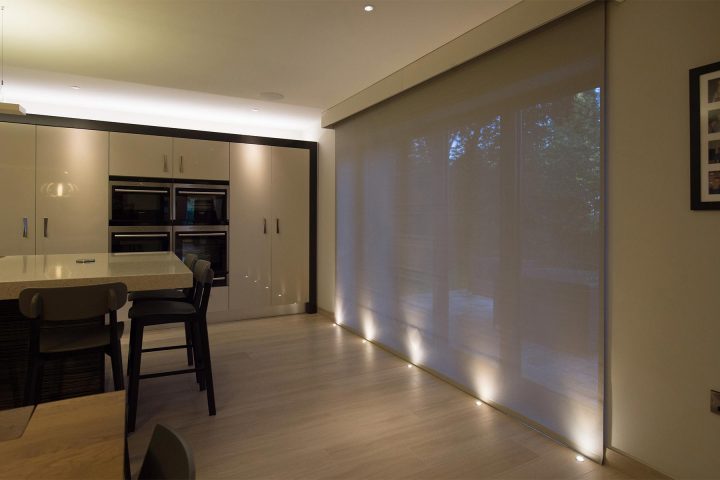Since the dawn of time we’ve been obsessed with light. It controls every aspect of our lives and that of the planet we inhabit. Plants need it for photosynthesis; many animals need it to hunt; we need it for our sleep cycles, to give us the vitamin D our bones need and to see by. It makes us productive, helps us concentrate, aids decision making, makes us feel safe, happy and relaxed.
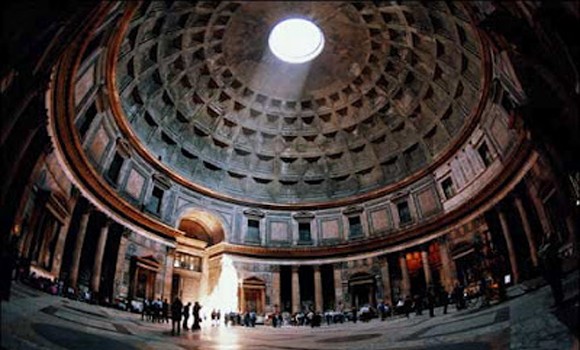
Before the advent of candles, gas lighting and electric light, buildings were designed around the available natural light. Take the Pantheon in Rome for example, its dome – still the world’s largest unreinforced concrete dome – is open to the skies through an oculus to capture as much light as possible to illuminate the interior, so important was the lighting to the architects even then, 2000 years ago.
The daily setting of the sun led us to seek alternative light sources, so we could continue to operate outside of the daylight hours. Experts reckon the first artificial light was made around 70,000 years ago by putting combustible materials and animal fats in sea shells.
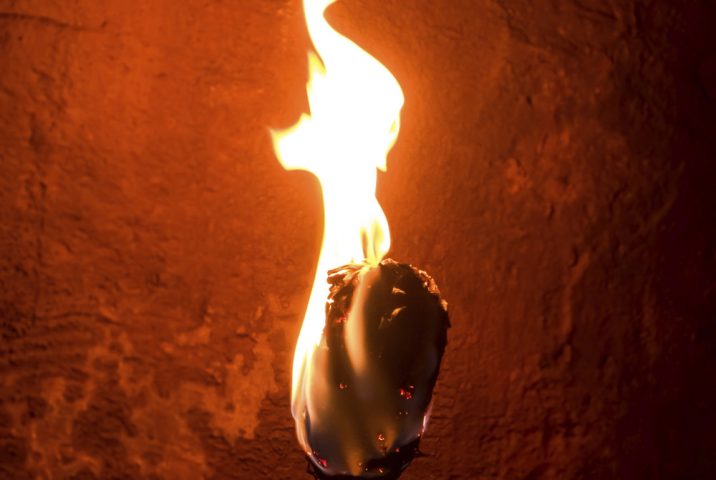
This led to the familiar wall mounted torches that adorn castle walls in period dramas. But it wasn’t until the invention of the wick and its introduction into beeswax or tallow candles that effective and long-lasting artificial light sources became a reality – that was also around 2000 years ago, and candles remained the mainstay of artificial lighting until gas lighting was developed in 1790. That was a revelation, now whole streets could be illuminated at night and the interiors of houses glowed well into the evening. That warm yellow glow changed the mood within the house, into one of relaxed contemplation, away from the trials of everyday life.
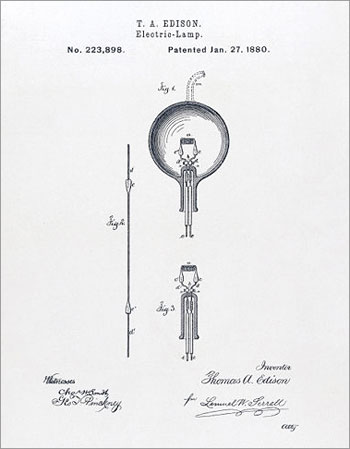 Electricity really changed things of course. Humphry Davy’s first stab at it, then Edison’s success with an incandescent light that burned for 1200 hours. Fast forward 100 years or so and we’re now the masters of light. We understand how to make it, how it affects us, how to apply it and how to control it. It’s become just as important in today’s building design as the oculus was to the architects of ancient Rome.
Electricity really changed things of course. Humphry Davy’s first stab at it, then Edison’s success with an incandescent light that burned for 1200 hours. Fast forward 100 years or so and we’re now the masters of light. We understand how to make it, how it affects us, how to apply it and how to control it. It’s become just as important in today’s building design as the oculus was to the architects of ancient Rome.
Many psychological studies have been done into the effects of light on our emotions and mood. For example, in the Journal of Consumer Psychology research showed that the more intense the lighting, the greater a person’s emotions are – good and bad. And that marries up with data that shows on sunny days optimistic people become more optimistic and depression prone people become more depressed. But it’s not just the intensity of the light that has an impact on how we feel, the colour has a huge effect too.
Like with interior décor, the choice of colours in lighting design are crucial to conveying the right atmosphere, or creating the mood that the homeowner wants.
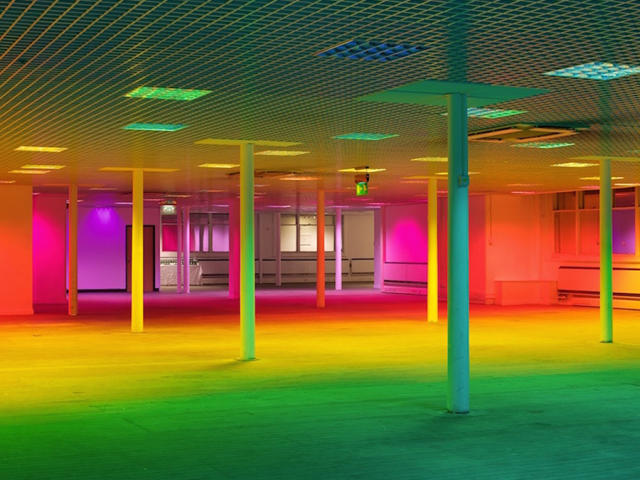
The warm colours – red, orange and yellow – help instil a feeling of positivity, of happiness and enthusiasm. Cool colours, on the other hand, – greens and blues – provide relaxation, professionalism and peaceful feelings. Purples, which sit somewhere between the warm and cool colours, can be moody and intriguing or suggest opulence and luxury. Think about places you know that use colour in the décor and/or lighting and you’ll see what I mean: play areas and creative work zones often use the warm colours, offices and medical facilities tend to opt for the cooler colours and theatres are often bathed in deep purples to create a feeling of anticipation that something special is about to happen.
Giving careful consideration to the lighting is just as essential as buying the right plot on which to build your dream home. It’s just as important as the interior décor and the furniture you choose. Remember when you first walked into your favourite restaurant or were wowed by the hotel’s reception lobby? It’s the lighting that does it, you may not be consciously aware of it, but its effect and what it adds to the ambiance fulfils the emotional experience you get from a great space.
At Clearly Automated we’ve got over 15 years’ experience of getting the lighting right. It is one of the main priorities for us in the installations we undertake, even if you haven’t thought you want a lighting control system, we will talk to you about it as we know just how important it is. But we also understand budgets and the practicalities of houses. Few people are lucky enough to have dedicated cinema rooms and so rooms have to be multi-purpose. They need to adapt to their different uses and lighting is one of the best ways to achieve this – from family sitting room to games room to late night movie theatre. By pre-planning the lighting, we can help set the tone for the room at the push of a button. From ambient warm light washes for the sitting room the mood can be changed to one of theatrical anticipation by dimming to a purple glow and illuminating the star effect ceiling. This in turn can automatically dim to near blackout as the cinema system comes to life, bringing its own entertaining illumination to the room.
Need us to illuminate you? Give us a call and let’s chat, oh and by the way, last one out, turn the lights off please.
